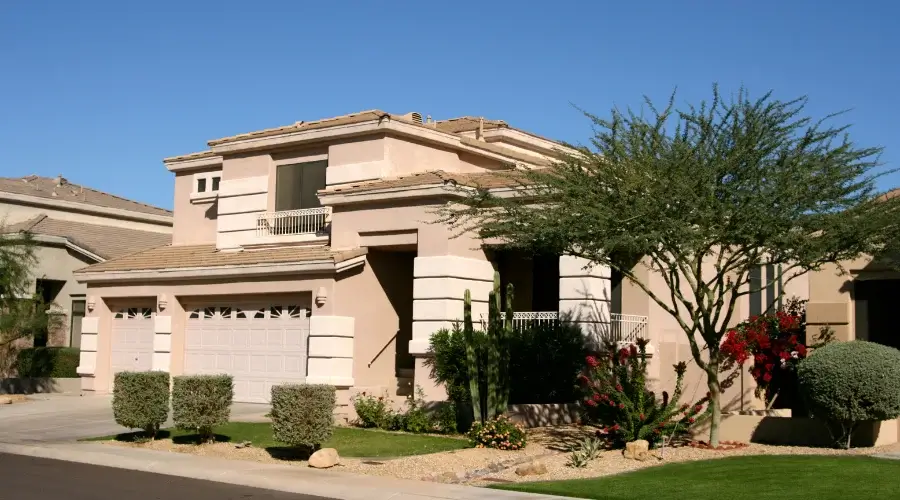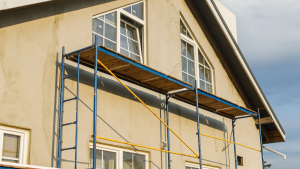Stucco, a popular exterior finish for homes, enhances curb appeal and provides a durable and weather-resistant surface. However, cracks may appear over time, compromising Both the aesthetic and practical components of your house. We shall go into the realm of stucco in this blog article, exploring how it’s applied, its working mechanism, when to address cracks, the types of stucco cracks, and a step-by-step guide on repairing them. For a comprehensive understanding of our stucco and EIFS offerings, check out CMB Wayne Stucco & EIFS online or contact us today.
What is Stucco?
Stucco is a cement, sand, lime, and water combination that forms a hard, protective coating when applied to a surface. This versatile material is used for exterior building finishes, creating a smooth, textured, or patterned appearance.
How is Stucco Applied?
Stucco application entails laying the mixture over a metal or wooden structure. It was painted in three layers: the scratch coat, the brown coat, and the finish coat. This multi-layered method guarantees a strong and long-lasting finish.
How Does Stucco Work?
Stucco produces a protective barrier that keeps the elements out of your house. Its composition enables it to expand and shrink in response to temperature changes.
Making it ideal for various climates. Stucco may break over time despite its toughness due to settling, temperature fluctuations, or structural difficulties.
When to Address Stucco Cracks
Promptly addressing stucco cracks is crucial to preventing further damage. Keep an eye out for cracks, especially following severe weather, or if you detect any changes in the exterior appearance of your home. Ignoring these issues can lead to water penetration, mold growth, and more extensive damage to the stucco and underlying structures.
Types of Stucco Cracks
- Hairline Cracks: These are small, thin cracks that may not immediately seem problematic but can worsen over time.
- Spiderweb Cracks: These cracks form a pattern resembling a spider web, often indicative of settling or structural issues.
- Vertical and Horizontal Cracks: These cracks can be a sign of movement or stress in the building, requiring careful inspection and attention.
How to Repair Stucco Cracks
- Clean the Surface: Remove any loose or chipped stucco around the crack using a wire brush.
- Apply Bonding Agent: Brush on a bonding agent to help the new stucco adhere to the existing surface.
- Fill the Crack: Use a stucco patch or a mixture of stucco and acrylic additives to fill the crack, ensuring a smooth and even application.
- Texture Match: Match the texture of the existing stucco using a trowel or sponge to create a seamless finish.
- Paint or Seal: Once the stucco is dry, paint or seal it to preserve the repaired area from the weather.
Ensuring your home’s structural integrity and visual appeal involves a critical consideration: repairing stucco cracks. You can proactively prevent costly long-term damage by conducting routine inspections and promptly addressing any issues.
Whether contending with a minor hairline crack or a more substantial concern, taking the essential measures to repair stucco cracks guarantees that your home will stand as a resilient and aesthetically pleasing haven for years. Don’t delay; tackle those cracks today to safeguard your property’s enduring beauty and overall value.


